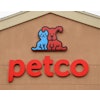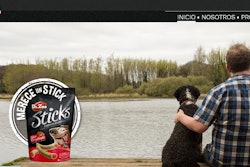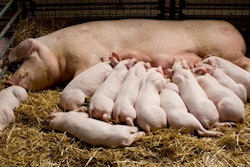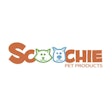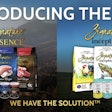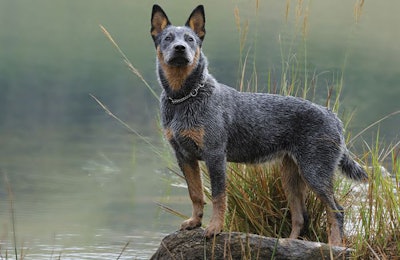
Dog and cat owners in various English-speaking countries may have developed different attitudes towards pet foods. Veterinary and pet nutritional scientists surveyed 3,673 dog and cat owners in Australia, Canada, New Zealand, the United Kingdom and the United States. Pet owners fed different proportions of raw, homemade and conventional pet foods, depending on the nation.
“Very interestingly there were differences from region to region, with Australia having the highest rate of feeding raw foods, while Canada had the highest rate of feeding commercial foods,” study co-author Dr. Sarah Dodd of the University of Guelph, Ontario, Veterinary College, said in an email. “This is consistent with what has been previously reported by Laflamme and colleagues in 2008. They also found a much higher rate of raw feeding in Australia as compared to the USA. It could be associated with the urban density. It's possible that owners of dogs living rurally in Australia may not have easy access to commercial dog food and may prefer to feed 'homekill' or from hunted prey, though this doesn't account for the high prevalence of raw feeding within urban centers as has been reported previously. The common phrase 'BARF' that is used to refer to bones and raw food or biologically appropriate raw food was coined in Australia, by a veterinarian considered as the founder of the 'BARF movement'. This suggests a potential cultural, as opposed to a practical, reason for the preference for raw food.”
Anglophone pet owners feeding survey
The cultural differences among pet owners in feeding practices may have changed over time. Dodd and her colleagues observed how pet owners’ behaviors had gradually shifted from purely conventional diets to include homemade or store-bought raw foods. The researchers compared nine previously published studies on pet owner feeding practices to their survey results. Veterinary Record published their findings.
Overall, most pet owners offered conventional pet foods, at 79% for dogs and 90% for cats. However, far fewer fed those diets exclusively (13% dogs, 32% cats). Many dog and cat owners also few their dogs other types of specially prepared meals, not including treats, snacks or table scraps. Pet owners gave homemade food to 64% of dogs and 46% of cats. Sixty-six percent of dog owners gave raw meals their pets, while 53% of cat owners did likewise.
The study’s authors wrote that unconventional diets fed to dogs and cats may be nutritionally insufficient. They called on veterinarians to educate pet owners about pet dietary needs and these non-traditional pet foods.
“Probably the most common nutritional imbalances that occur with unbalanced diets, both raw and cooked, are imbalances of dietary calcium, phosphorus and vitamin D causing metabolic bone disease - especially in young, growing animals,” Dodd said. “Clinically, we also see a lot of gastroenteritis in dogs who happen to be fed raw foods, but it's tricky to attribute that to the diet without culturing the feces and the diet and finding the same pathogen in both - and it can be hard to get that diet sample as the raw foods are typically packaged in small quantities and we need a sample of the very same food the dog was eating, not even another package from the same batch would suffice. Constipation and obstipation is also very common due to the high content of indigestible bone in these foods.”
Pet food companies too can educate consumers about pet illnesses caused by dietary deficiency. However, pet owners may be skeptical of motives.
“I think it's a hard one for pet food companies to address as there could be pushback from consumers believing that pet food companies would of course not want people to feed homemade diets because it would take money out of their coffers,” Dodd said. “That being said, I think there is definitely a role for all companies to assist here. I think a couple concepts that the typical consumer doesn't understand would be that dogs aren't humans and just because something is good or ok for us doesn't mean it's the same for them. Additionally, I truly don't think consumers understand what goes on behind the scenes to create pet food, they just see kibble in a bag and think it must be bland and boring. There's very little outreach regarding the decades of research that has been undertaken to understand the nutritional requirements of pets and how we can develop products meeting those requirements as well as considering sustainability, not just environmental, but nutritional and financial as well. We must also consider that there are unconventional commercial products available as well. In most states in the U.S., companies must follow AAFCO recommendations, but that isn’t necessarily the case in other countries, including Canada, particularly for smaller niche or specialty companies.
“It may not be strictly associated with consumer education, but we must encourage companies to do due diligence in formulating and producing diets that are nutritionally complete and balanced and safe for consumption, and to inform consumers about it,” Dodd said.


